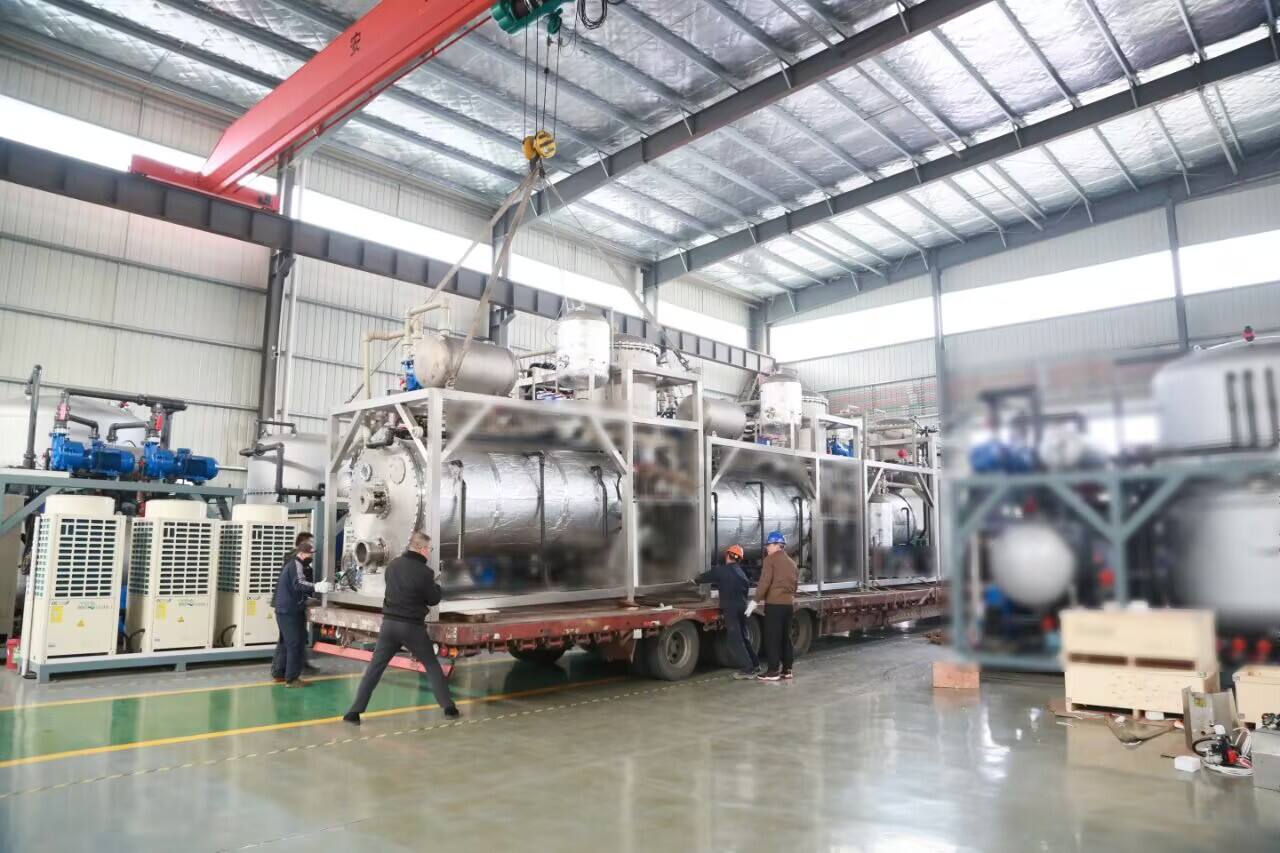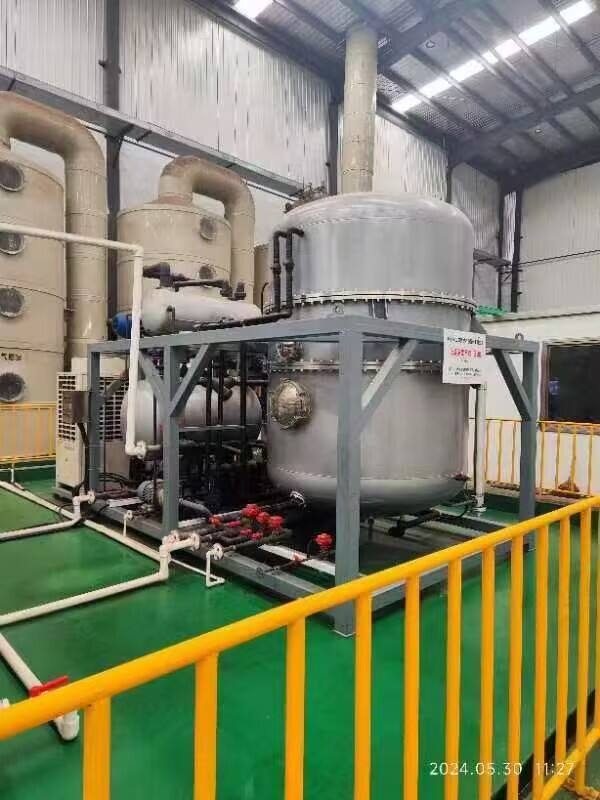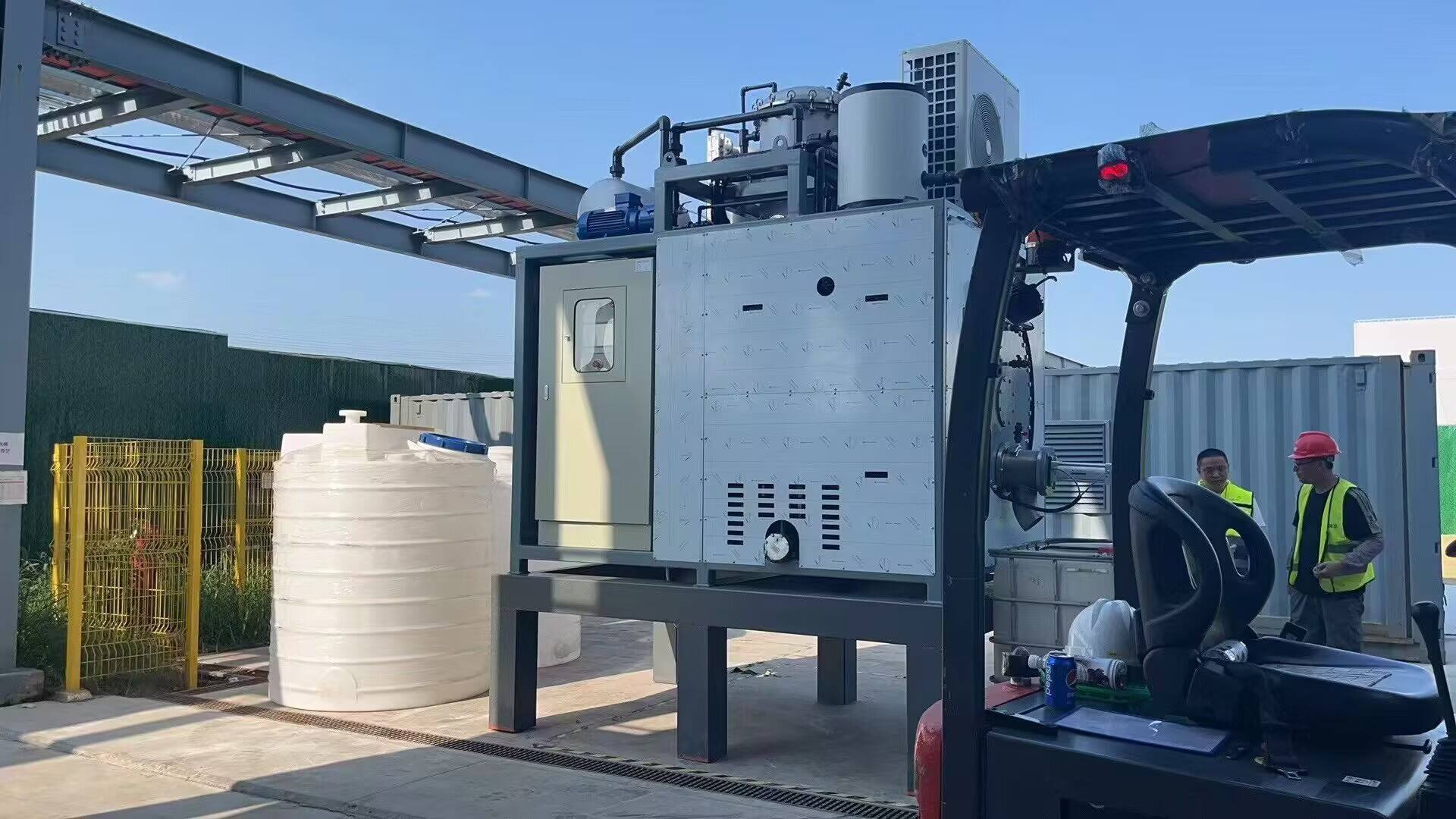uses of vacuum distillation
Vacuum distillation is a sophisticated separation process that operates under reduced pressure conditions, enabling the separation of components at temperatures below their normal boiling points. This technique is particularly valuable in processing heat-sensitive materials and achieving high-purity separations. The process works by creating a vacuum environment within the distillation system, which effectively lowers the boiling points of the substances being separated. This reduced pressure environment allows for the separation of compounds that might otherwise decompose or degrade at their normal atmospheric boiling points. The technology finds extensive applications across various industries, including pharmaceutical manufacturing, petrochemical processing, and food production. In the chemical industry, vacuum distillation is essential for purifying chemicals and recovering solvents. The pharmaceutical sector relies on this method to produce pure active ingredients and isolate sensitive compounds. Food processing applications include the concentration of fruit juices and the production of essential oils. The system typically consists of a vacuum pump, condenser, collection vessels, and precise temperature control mechanisms. Modern vacuum distillation systems often incorporate automated controls and monitoring systems to ensure consistent results and optimal efficiency. This method's versatility and precision make it an indispensable tool in both research laboratories and industrial-scale operations.


